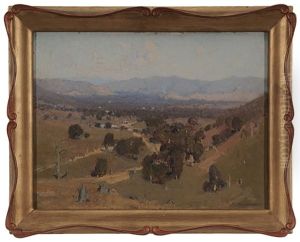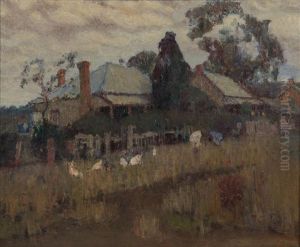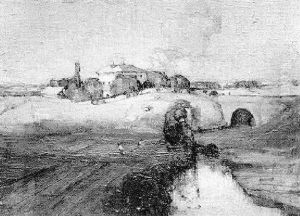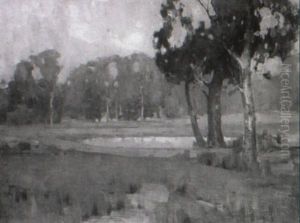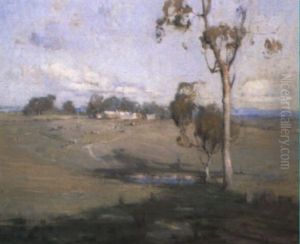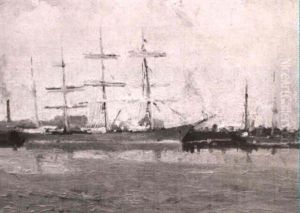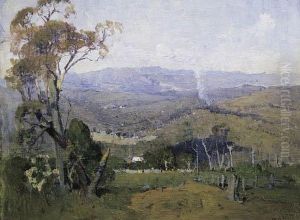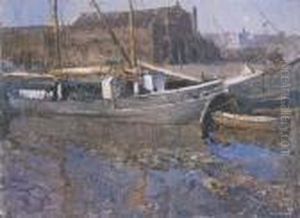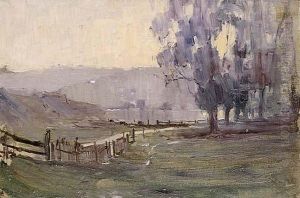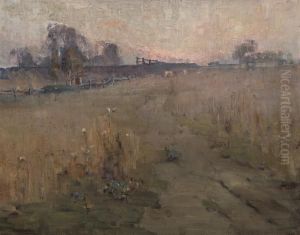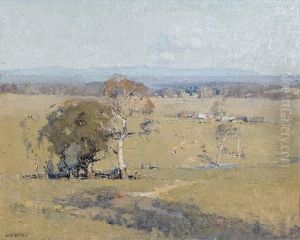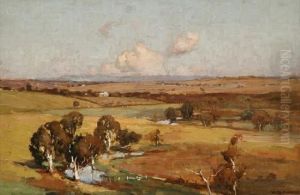William Dunn Knox Paintings
William Dunn Knox was a Scottish artist known for his landscape paintings and his role in the development of modern art in Scotland. Born on June 24, 1895, in Kilbirnie, Ayrshire, Knox was part of a generation of Scottish artists who trained after the First World War, during a period of significant social and cultural change.
Knox studied at the Glasgow School of Art, where he was influenced by the Scottish Colourist movement, which emphasized bold colors and brushwork inspired by French Impressionism and Post-Impressionism. Although he was not directly associated with the Colourists, their influence on his work was evident.
Throughout his career, Knox remained rooted in the tradition of Scottish landscape painting but approached it with a modern sensibility. His landscapes often featured the rural scenery of the Scottish Highlands and the west coast, where he captured the unique light and atmosphere of these regions.
During the 1920s and 1930s, Knox exhibited his work at various venues, including the Royal Scottish Academy and the Glasgow Institute of the Fine Arts. Despite the recognition he received, Knox's career was somewhat overshadowed by the leading figures of the Scottish Colourist movement, such as Samuel Peploe, John Duncan Fergusson, Francis Cadell, and Leslie Hunter.
Knox served in both World Wars, which had an impact on his artistic output, as his experiences were reflected in the mood and tone of his post-war paintings. After World War II, he continued to paint and exhibit, but he remained relatively conservative in style compared to the emerging trends of abstract and conceptual art that were gaining popularity at the time.
William Dunn Knox continued to paint until his later years, maintaining a commitment to capturing the essence of Scottish landscapes. He passed away on October 24, 1971. Although not as widely known as some of his contemporaries, Knox's work is recognized for its contribution to the Scottish art scene and is represented in several public collections, including the National Galleries of Scotland.



